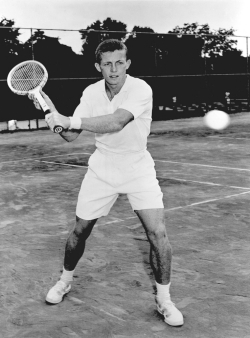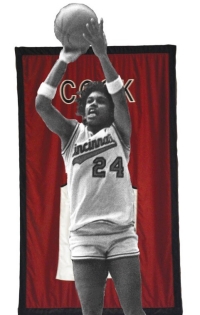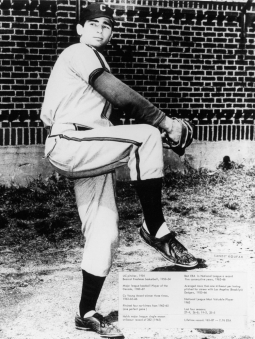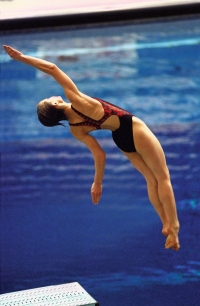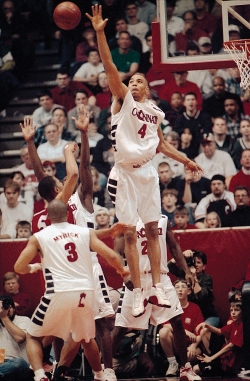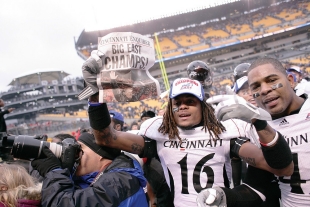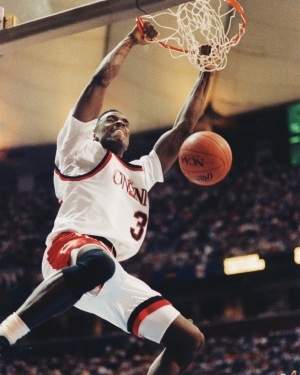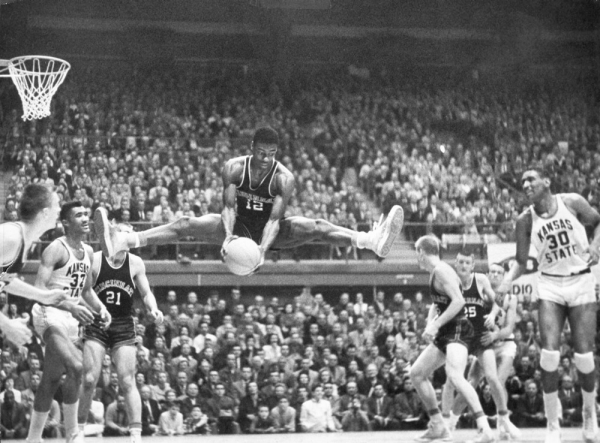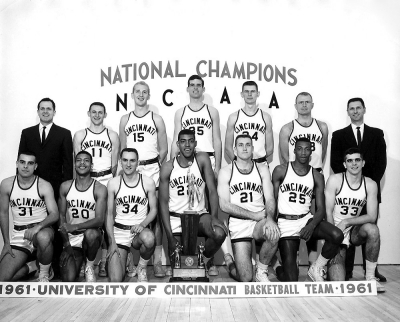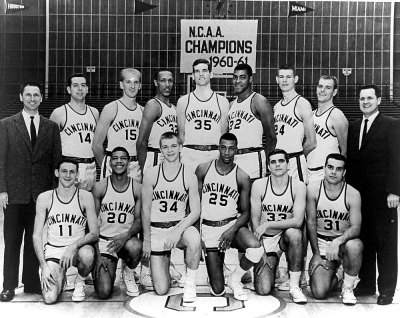A trip through UC's athletics museum reveals unforgettable achievements and impressive accomplishments.
by John Bach
Choosing the University of Cincinnati’s 10 most thrilling athletic achievements is a nearly impossible task considering that, throughout UC’s sports history, dozens could make such a highlight reel. For help, we visited UC’s George and Helen Smith Athletics Museum on the first floor of the Richard Lindner Athletics Center. A popular stop for campus tours, the space is a must-see for anyone interested in Bearcats history.
While our best-ever list may vary somewhat from yours, we think these memorable moments represent Bearcats performances that any UC fan would love to have witnessed in person.
Surprised we overlooked a moment? Submit your idea (at the bottom of this page), and we'll add your memory to those sent in by our readers.
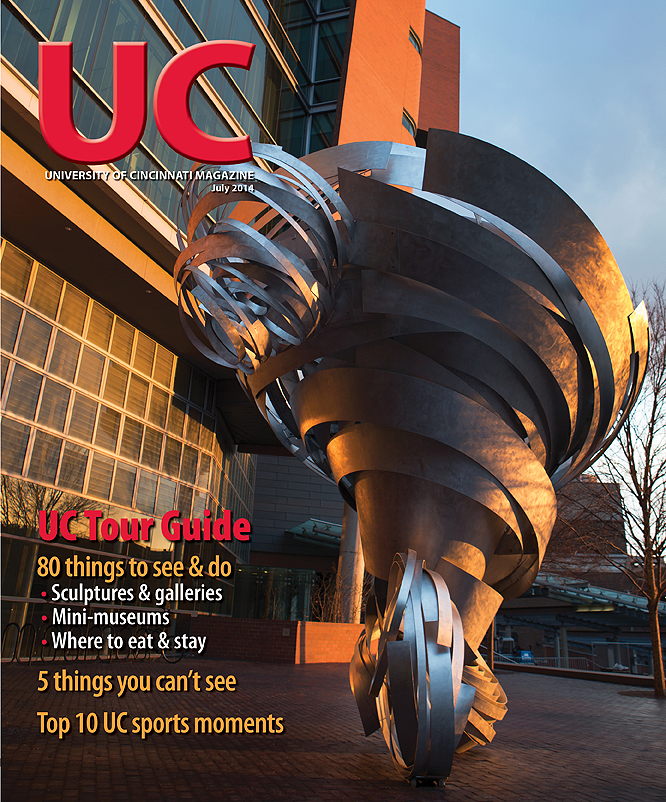
 Past Issues
Past Issues